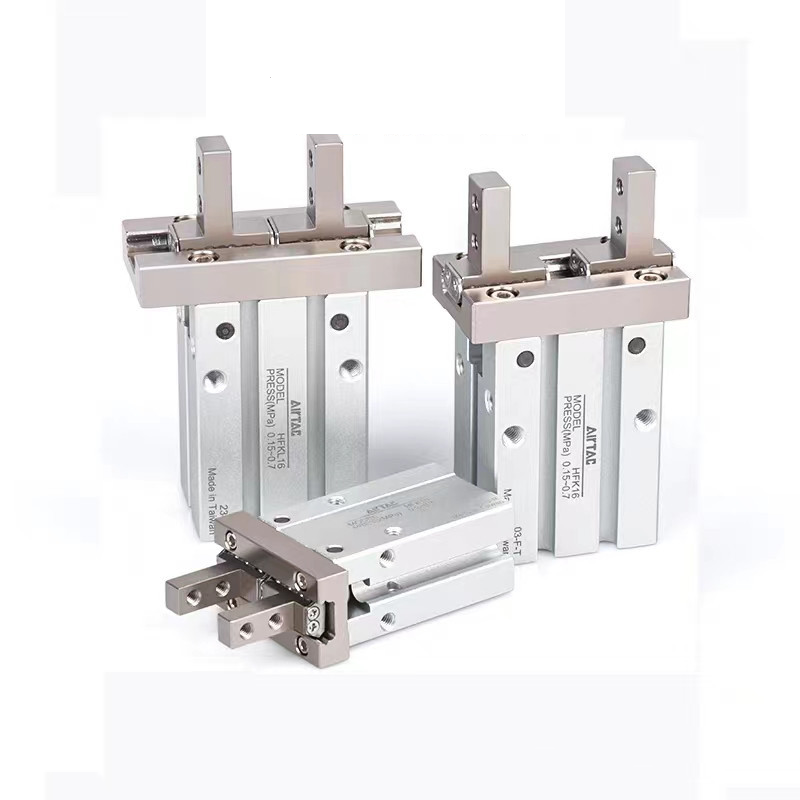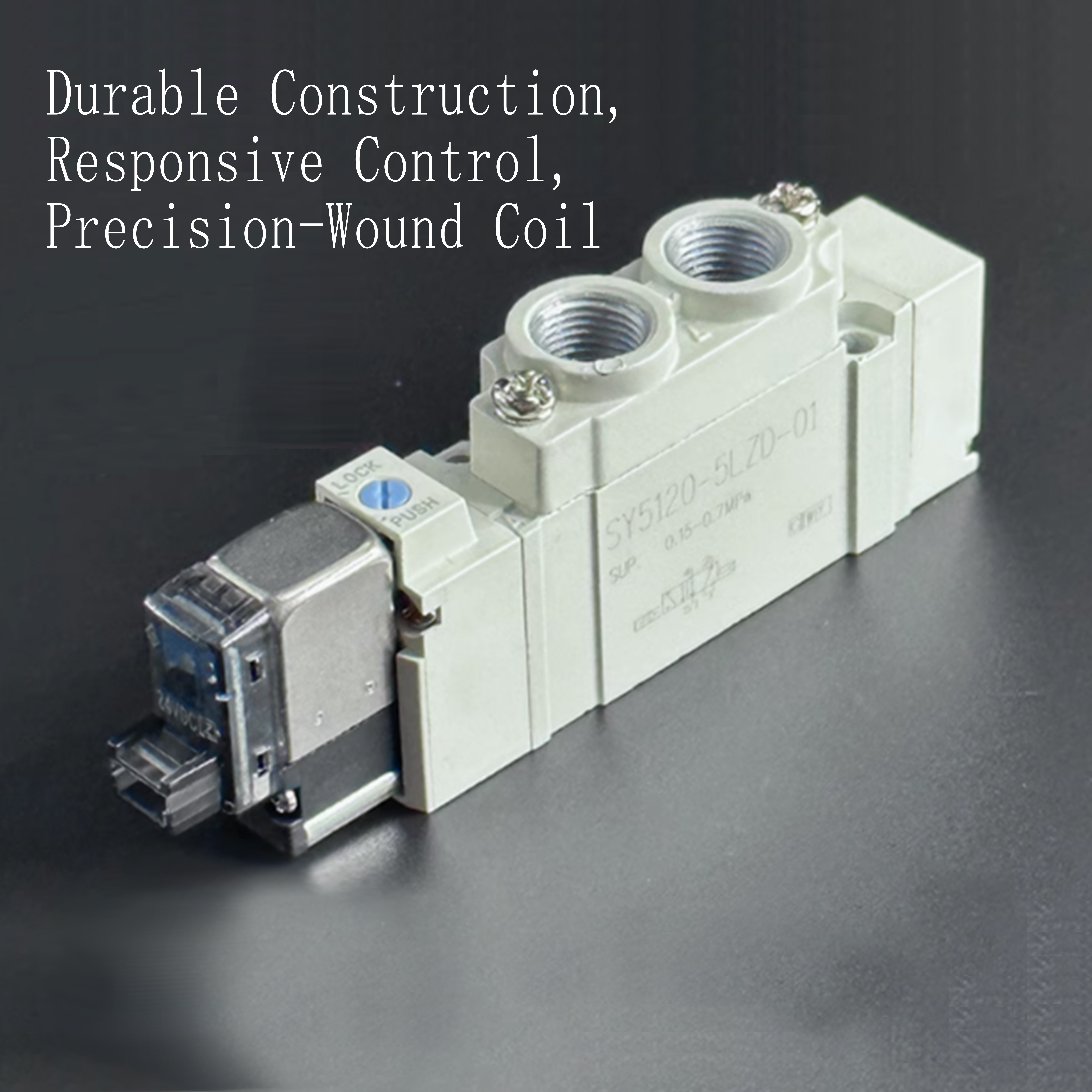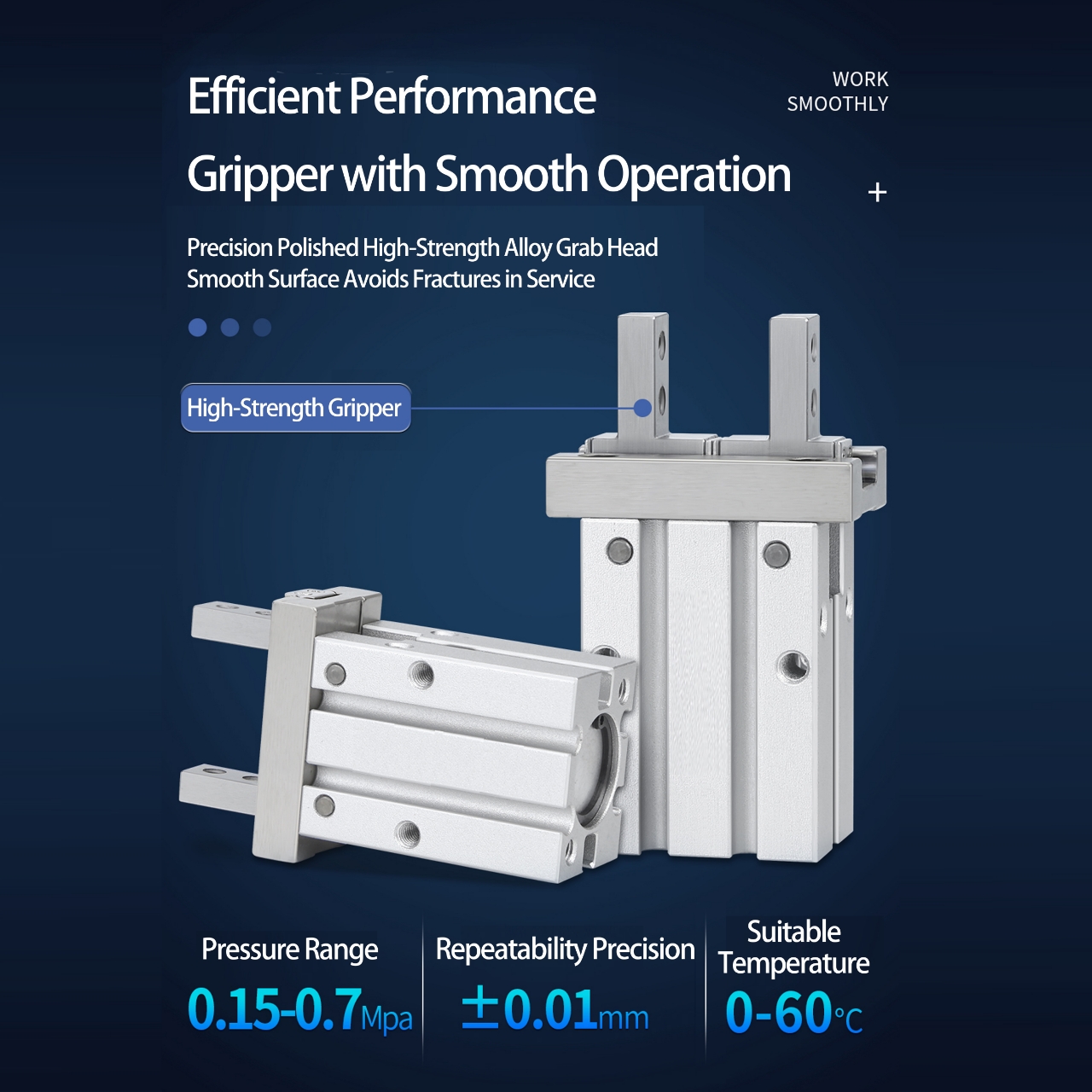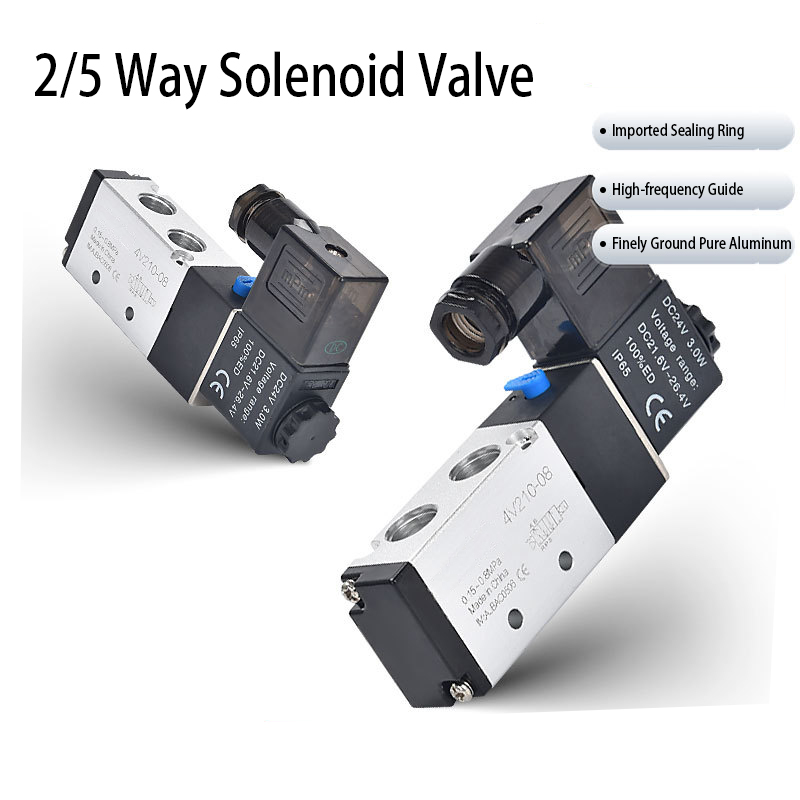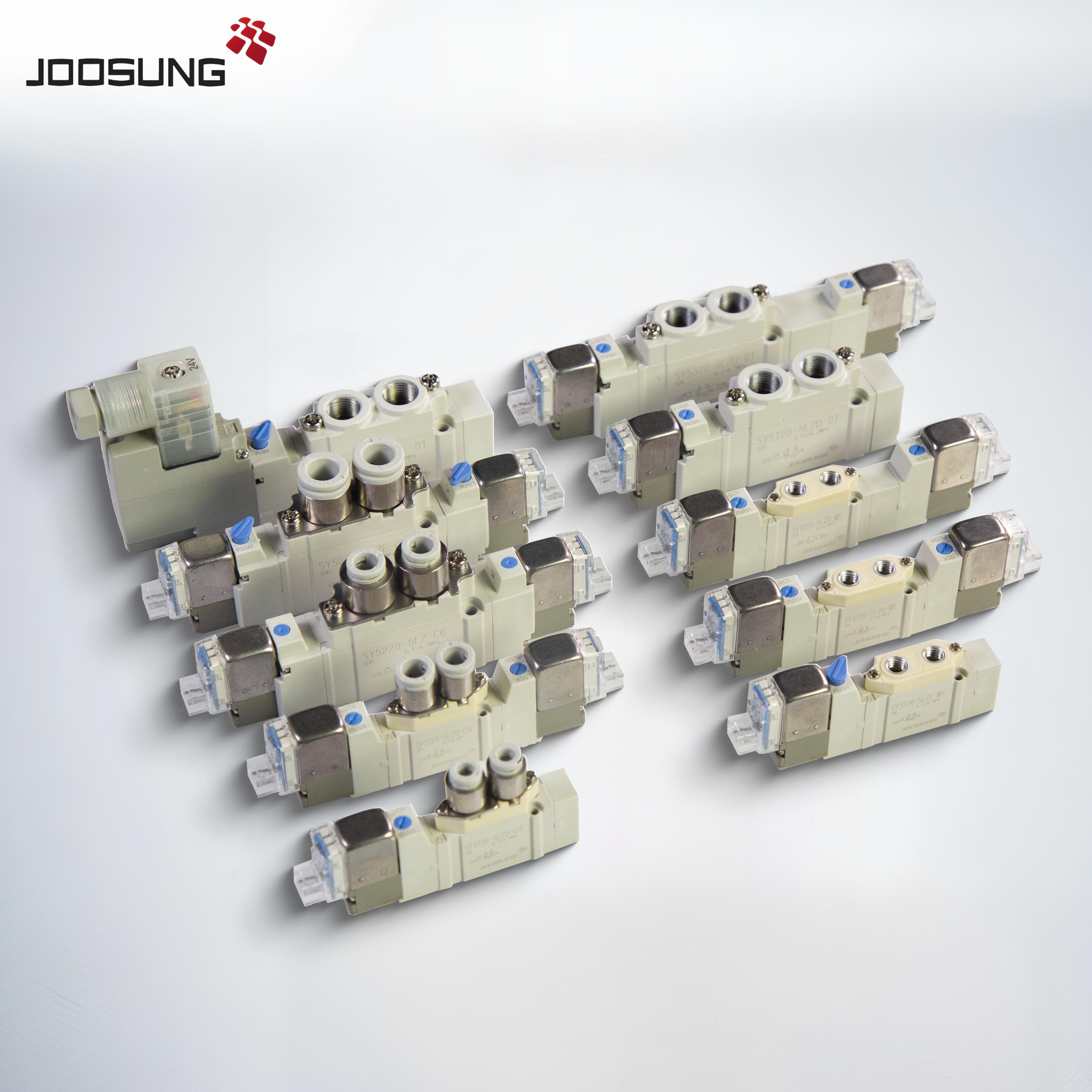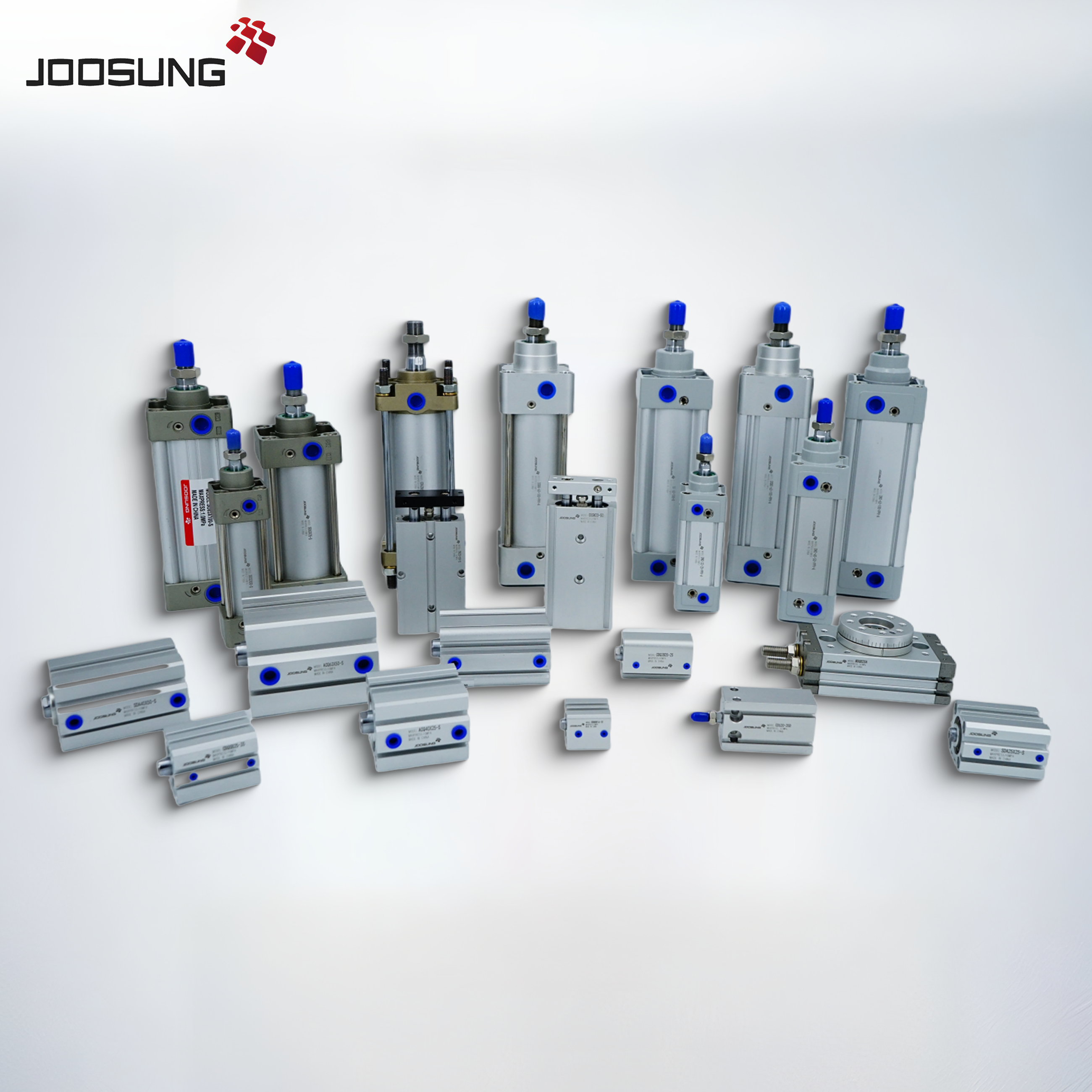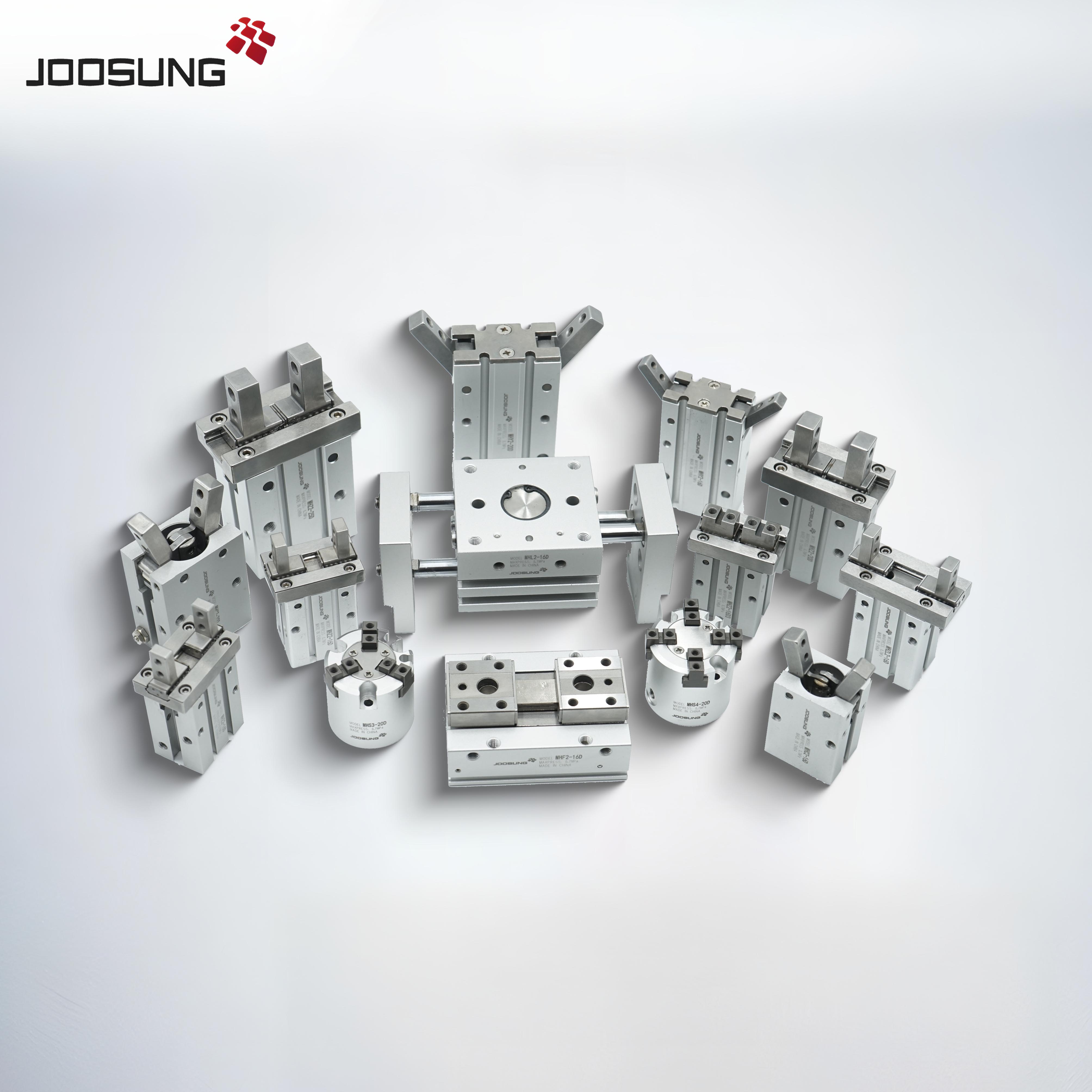
The key difference between pneumatic and hydraulic solenoid valves lies in the type of fluid they control and the pressure at which they operate:
Fluid Type:
- Pneumatic Solenoid Valves: These control the flow of air or other gases. They are typically used in systems where air is used as the working fluid.
- Hydraulic Solenoid Valves: These control the flow of liquids, typically oils, under high pressure. Hydraulic systems are often used for heavy-duty applications like machinery, lifting systems, and presses.
Pressure:
- Pneumatic Valves: They operate at lower pressures, typically around 0-10 bar (0-150 psi).
- Hydraulic Valves: They work at much higher pressures, often in the range of 70-350 bar (1,000-5,000 psi) or more.
Applications:
- Pneumatic Solenoid Valves: Commonly used in industries like automation, packaging, and robotics where precise, fast control of air flow is needed for actuation.
- Hydraulic Solenoid Valves: Used in industries like construction, automotive, and manufacturing, where high-pressure fluid is required to perform powerful actions like lifting or pushing.
Size and Durability:
- Pneumatic Solenoid Valves: Generally smaller and lighter due to the lower pressure requirements.
- Hydraulic Solenoid Valves: These tend to be bulkier and more robust to handle the high pressure and harsh conditions in hydraulic systems.
In short, pneumatic valves are designed for air or gas systems with lower pressures, while hydraulic valves are built for high-pressure liquid systems.


